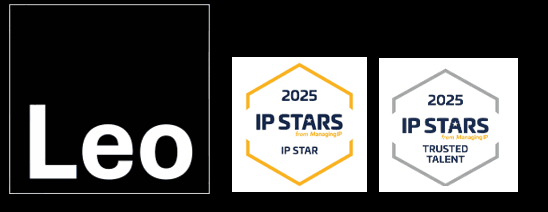Navigating Employment Law in the Netherlands: Key Considerations
Understanding Employment Contracts
Employment law in the Netherlands is a complex landscape that requires careful navigation. One of the foundational elements is the employment contract, which outlines the rights and obligations of both employer and employee. It's crucial to understand the different types of contracts available, such as permanent, temporary, and freelance agreements. Each type comes with its own set of regulations and implications for both parties involved.
In the Netherlands, it's common for employees to start with a temporary contract. After a certain period, usually two years, employers must offer a permanent contract or end the employment relationship. This rule aims to provide job security and stability for employees.

Key Elements in an Employment Contract
An employment contract in the Netherlands must contain specific elements to be legally binding. These include the job description, salary details, working hours, and notice period. Employers should ensure that all terms are clearly stated to prevent any misunderstandings or disputes later on. Additionally, it’s important to note that Dutch labor law requires both parties to agree on a written contract.
Employers must also be aware of collective labor agreements (CAOs) applicable to their industry. These agreements can dictate additional terms and conditions that might override individual employment contracts.
Working Hours and Overtime Regulations
The Netherlands has specific regulations concerning working hours and overtime. The standard workweek is 40 hours, but many sectors have their own norms. Employers must adhere to these guidelines to ensure compliance with national labor laws.

When it comes to overtime, Dutch law stipulates that employees should not work more than 60 hours in any week and should receive appropriate compensation for any overtime worked. It's essential for employers to maintain accurate records of working hours to avoid any legal issues.
Flexible Working Arrangements
Flexibility in the workplace is highly valued in the Netherlands. Employees have the right to request changes in their working hours, provided they meet certain criteria. Employers are encouraged to accommodate these requests whenever possible, promoting a healthy work-life balance.
Employee Rights and Protections
The Netherlands is renowned for its strong emphasis on employee rights and protections. Key areas include anti-discrimination laws, health and safety regulations, and rights to parental leave. Employers must ensure they are compliant with these regulations to avoid legal repercussions.

For instance, discrimination based on gender, age, race, religion, or disability is strictly prohibited. Employers are obligated to create a safe and inclusive working environment for all employees.
Parental Leave Entitlements
Parental leave is another crucial aspect of Dutch employment law. Both mothers and fathers are entitled to maternity and paternity leave, respectively. This leave can be extended under certain conditions, providing parents with the flexibility needed during the early stages of parenthood.
Termination and Dismissal Procedures
Termination of employment in the Netherlands is subject to strict rules designed to protect employees. Employers cannot dismiss an employee without valid reasons. Common grounds for dismissal include economic reasons or poor performance.
It's important for employers to follow proper procedures when terminating an employee's contract. This includes offering a severance package and providing adequate notice as per the contractual agreement or applicable CAO.

Unemployment Benefits
If an employee is dismissed, they may be eligible for unemployment benefits. These benefits provide financial support while they seek new employment opportunities. Understanding these entitlements helps both employers and employees navigate the termination process more smoothly.
